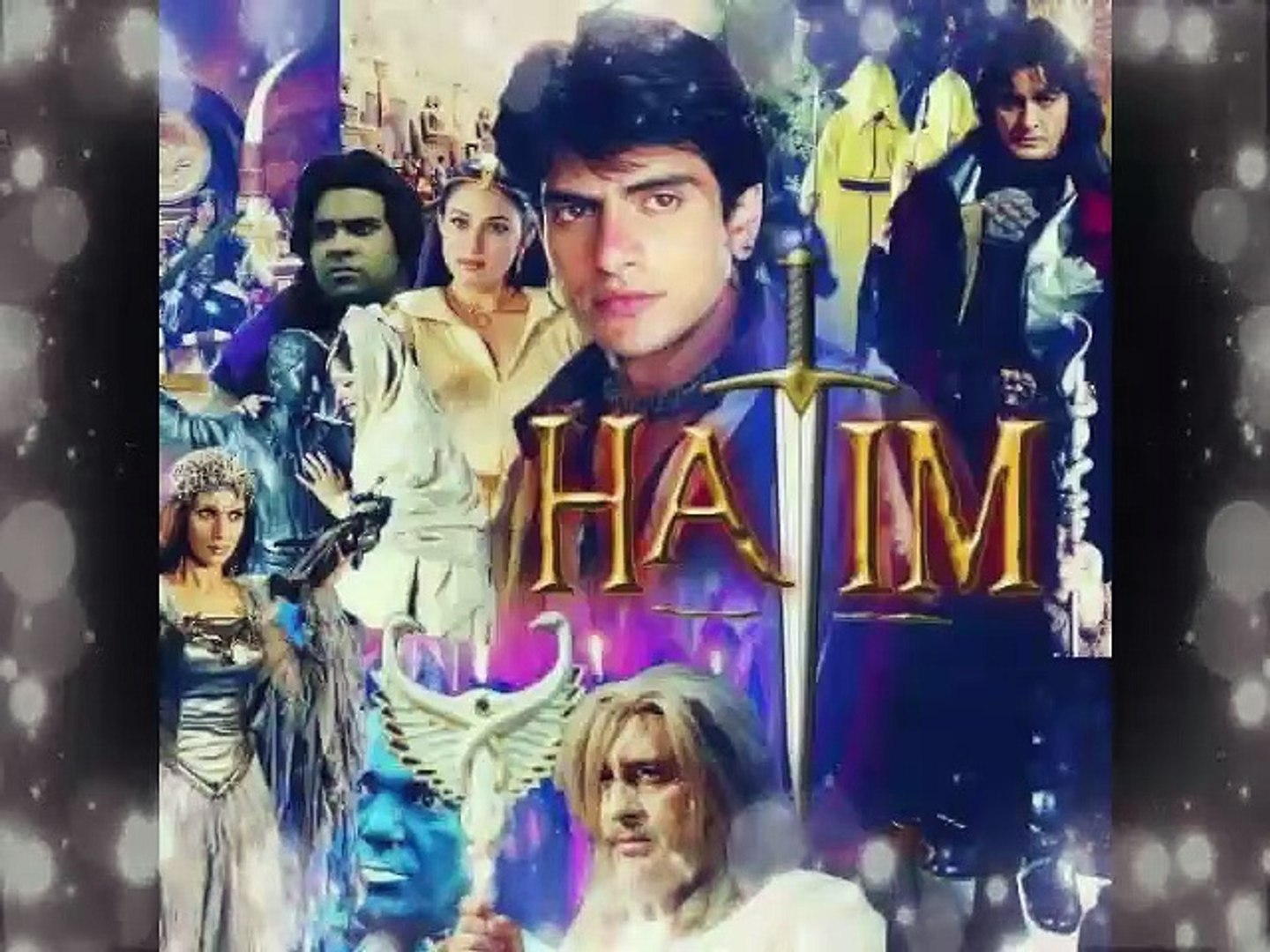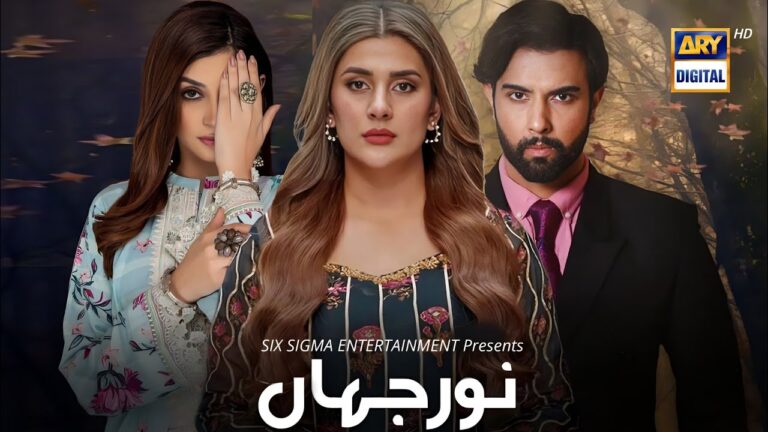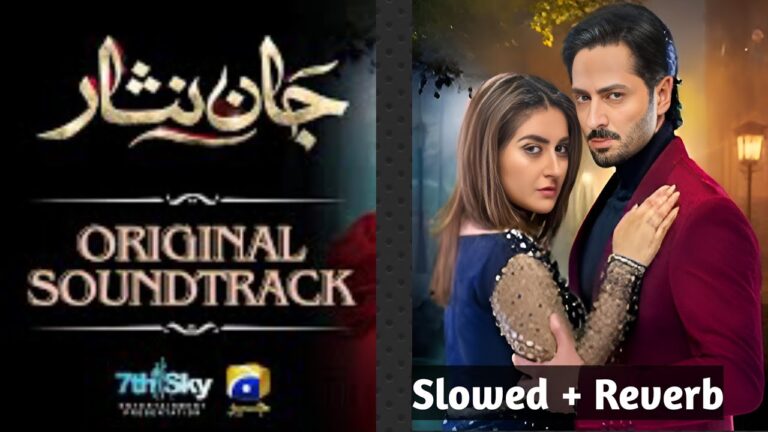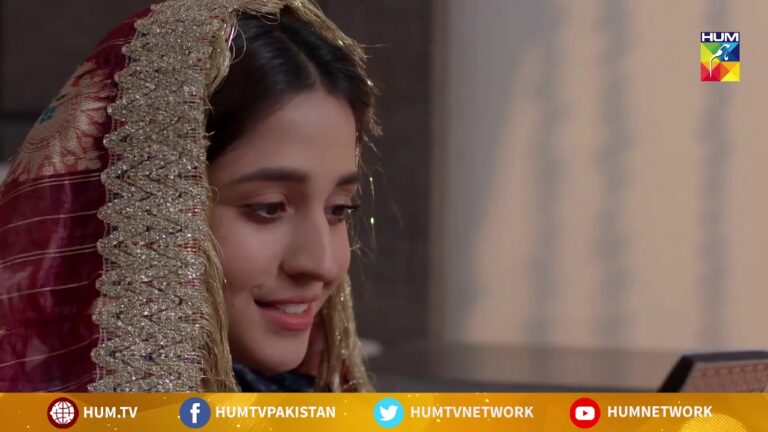Hatim Drama Review: Hatim, an Indian fantasy drama that aired from 2008 to 2010, captivated audiences with its enchanting world of magic, mythical creatures, and heroic deeds. The show follows the tale of Hatim, a prince blessed with extraordinary powers, as he embarks on a quest to overcome evil and uphold righteousness.
Characters: Memorable, Diverse, and Morally Grounded
-
Hatim (Rajeev Khandelwal): The protagonist, a kind-hearted and courageous prince gifted with magical abilities. He is guided by his strong moral compass and unwavering belief in justice.
-
Nazneen (Pooja Banerjee): Hatim’s childhood friend and confidante, known for her intelligence and unwavering support for Hatim’s endeavors.
-
Dastaan (Kushal Punjabi): Hatim’s loyal companion and warrior, fiercely dedicated to protecting Hatim and his ideals.
-
Zulfikar (Aashish Chaudhary): The primary antagonist, a power-hungry sorcerer who seeks to rule the realm through deceit and manipulation.
-
Supporting Cast: The show features a diverse cast of magical creatures, from benevolent fairies to cunning demons, each contributing to the narrative’s richness.
Strengths: Enchanting World-Building, Captivating Storytelling, and Positive Messaging
-
Enchanting World-Building: The show creates a visually stunning and captivating world filled with fantastical creatures, magical landscapes, and mythical elements. The vivid sets, costumes, and special effects transport viewers into a world of wonder.
-
Captivating Storytelling: Each episode presents a unique adventure, weaving tales of bravery, selflessness, and overcoming challenges. The narrative keeps viewers engaged with its blend of action, suspense, and heartwarming moments.
-
Positive Messaging: The show emphasizes the importance of virtues like honesty, courage, and compassion. Hatim’s journey serves as a moral compass, encouraging viewers to stand up for what is right and persevere in the face of adversity.
Weaknesses: Repetitive Plot Elements, Overreliance on Special Effects, and Limited Character Development
-
Repetitive Plot Elements: The episodic nature of the show can sometimes lead to a sense of repetitiveness, with each episode featuring a similar structure of Hatim facing a new villain and overcoming a specific challenge.
-
Overreliance on Special Effects: While the special effects are impressive for the time period, their frequent use can overshadow the emotional depth of the characters and the narrative.
-
Limited Character Development: The focus on episodic adventures might limit the depth of character development, particularly for the supporting cast.
Overall Assessment
Hatim is a visually stunning and entertaining fantasy drama that offers a captivating escape into a world of magic and adventure. While it may face limitations in plot structure and character development, its positive messaging, captivating storytelling, and enchanting world-building make it a delightful watch for audiences of all ages.
Beyond the Screen: Cultural Impact and Legacy
Hatim’s impact extends beyond mere entertainment, leaving a lasting impression on viewers:
-
Sparked Interest in Mythology and Fantasy: The show introduced younger audiences to Indian mythology and fantasy elements, sparking their interest in these genres and fostering a sense of wonder and imagination.
-
Promoted Positive Values: The emphasis on virtues like courage, honesty, and compassion resonated with viewers, encouraging them to adopt these values in their own lives.
-
Nostalgic Appeal: For many viewers, Hatim holds a special place in their childhood memories, serving as a reminder of imaginative storytelling and the power of believing in oneself.
Unveiling the Layers of Hatim: A Deeper Exploration
While Hatim remains a cherished childhood memory for many and continues to capture the attention of new viewers, going beyond its initial appeal and exploring its complexities is crucial. This requires a deeper analysis acknowledging both its positive aspects and limitations.
Criticisms and Complexities:
-
Orientalist Tendencies: The show’s portrayal of certain characters and creatures might be interpreted as adhering to orientalist tropes, potentially perpetuating stereotypical representations of non-Western cultures.
-
Gender Representation: While the show features a strong female character in Nazneen, the larger narrative might be seen as reinforcing traditional gender roles, with female characters primarily playing supportive roles to the male protagonist.
-
Oversimplification of Moral Conflict: The portrayal of good versus evil might be perceived as overly simplified, neglecting the complexities of real-world situations and potentially hindering deeper moral exploration.
Beyond the Spectacle: Examining its Significance
Despite these criticisms, Hatim holds deeper significance beyond mere entertainment:
-
Cultural and Historical References: The show weaves elements of Indian mythology and folklore into its narrative, offering viewers a glimpse into the richness and diversity of Indian culture and history.
-
Exploration of Moral Dilemmas: While the good versus evil narrative might be clear-cut, certain episodes subtly explore moral dilemmas, prompting viewers to contemplate the complexities of right and wrong.
-
Appeal of the Underdog Narrative: Hatim’s journey resonates with viewers due to the classic underdog narrative. His unwavering commitment to justice and ability to overcome seemingly insurmountable challenges offer a sense of hope and inspiration.
Conclusion
Hatim stands as a testament to the enduring appeal of fantasy narratives and their ability to transport viewers to worlds beyond imagination. Its legacy lies in its captivating storytelling, positive messages, and the lasting impact it has had on audiences across generations.










+ There are no comments
Add yours